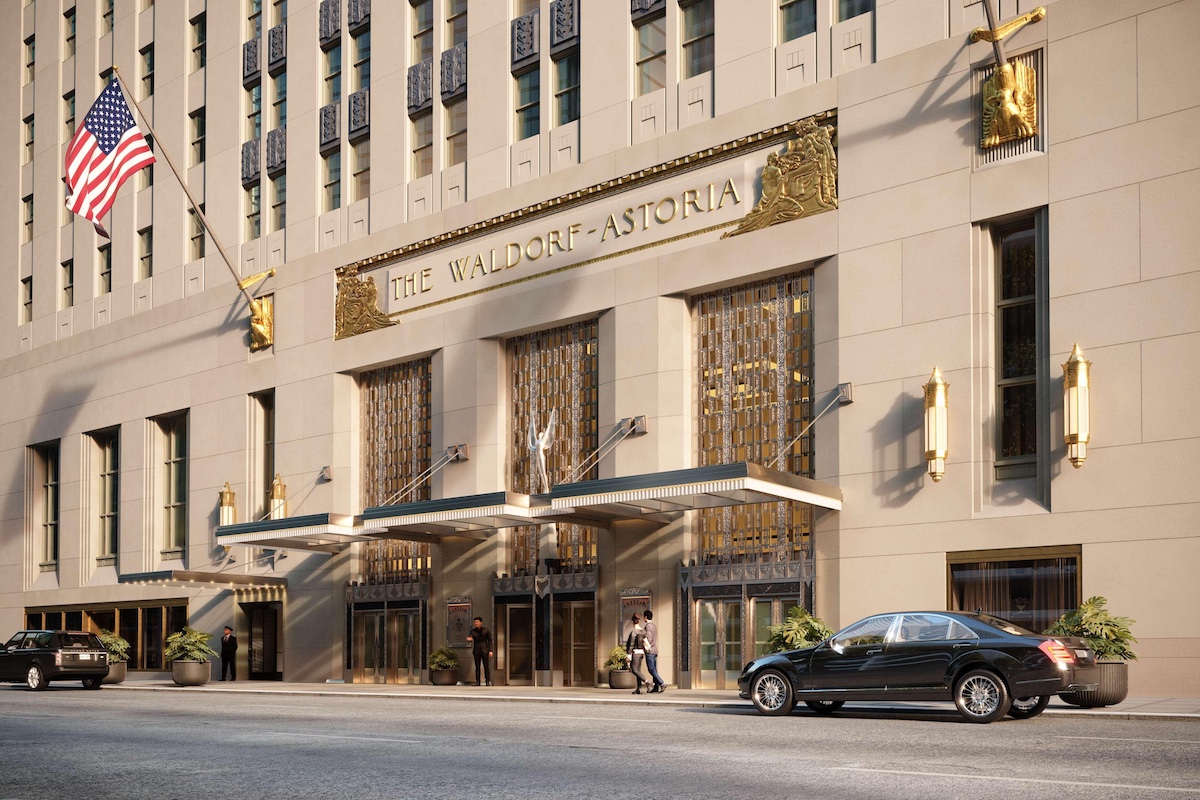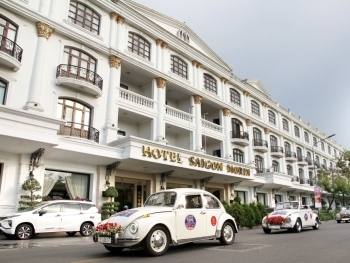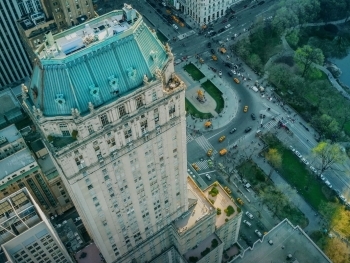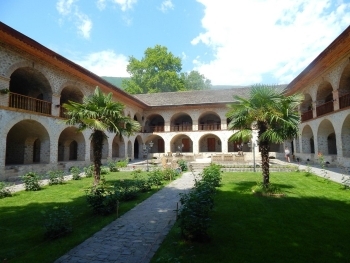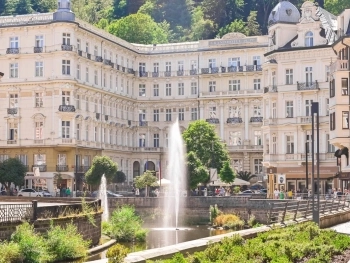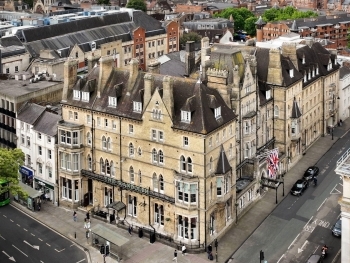The Waldorf Astoria New York, an emblem of grandeur and elegance, has been a cornerstone of the hospitality industry since its inception. Located at 301 Park Avenue in Manhattan, this iconic hotel has played a significant role in shaping the landscape of luxury accommodations. Its rich history, architectural splendor, and association with notable personalities make it a subject of fascination and admiration worldwide.
Historical Background
Early Beginnings
The origins of the Waldorf Astoria trace back to the late 19th century. The hotel originally comprised two separate entities: the Waldorf Hotel and the Astoria Hotel. The Waldorf Hotel, opened in 1893 by William Waldorf Astor, was located at the corner of Fifth Avenue and 33rd Street. Just four years later, John Jacob Astor IV, William's cousin, opened the Astoria Hotel adjacent to the Waldorf. The two hotels were connected by a corridor known as Peacock Alley, forming the Waldorf-Astoria.
The Move to Park Avenue
In 1929, the original Waldorf-Astoria was demolished to make way for the construction of the Empire State Building. The hotel found its new home at Park Avenue, with the grand opening of the current Waldorf Astoria New York taking place on October 1, 1931. Designed by the architectural firm Schultze and Weaver, the new building stood as the tallest and largest hotel in the world at that time, with 47 stories and 1,413 rooms.
Architectural Marvel
Art Deco Masterpiece
The Waldorf Astoria is renowned for its stunning Art Deco architecture, a design style characterized by rich colors, bold geometric shapes, and lavish ornamentation. The hotel’s exterior features a limestone facade with a series of setbacks that rise to a majestic pinnacle. The interior is equally impressive, with lavishly decorated public spaces, including the grand lobby, Peacock Alley, and the Starlight Roof.
Iconic Spaces
- The Grand Lobby: Adorned with marble columns, a mosaic floor, and an exquisite clock, the lobby exudes opulence and sets the tone for the entire hotel experience.
- Peacock Alley: This famed corridor, originally linking the two hotels, is now a celebrated dining venue, offering an elegant setting for afternoon tea and evening cocktails.
- The Starlight Roof: Located on the 18th floor, this ballroom has hosted numerous high-profile events and provides stunning views of the New York City skyline.
Cultural and Historical Significance
Political and Diplomatic Hub
The Waldorf Astoria has long been a preferred venue for political figures and diplomats. During World War II, it served as the official residence for General Douglas MacArthur. The hotel has also hosted every U.S. president from Herbert Hoover to Barack Obama. The Waldorf Towers, a part of the hotel occupying floors 28 to 42, have provided luxurious accommodations for heads of state and royalty, including the Duke and Duchess of Windsor.
Celebrity and Pop Culture
The hotel’s allure extends to the world of entertainment, having welcomed an array of celebrities such as Marilyn Monroe, Frank Sinatra, and Elizabeth Taylor. Its presence in popular culture is notable, with appearances in films like "Weekend at the Waldorf" (1945) and "Coming to America" (1988).
Modern Era and Renovations
Recent Developments
In 2017, the Waldorf Astoria closed its doors for a comprehensive renovation, marking the beginning of a new chapter in its illustrious history. The $1 billion renovation project aimed to restore the hotel's historic grandeur while incorporating modern amenities and technologies. The refurbishment includes the preservation of iconic spaces, the addition of luxury condominiums, and the enhancement of guest rooms and public areas.
Reopening and Future Prospects
The Waldorf Astoria is set to reopen in 2025, with great anticipation surrounding its return. The hotel promises to offer an unparalleled blend of historical charm and contemporary luxury, continuing its legacy as a premier destination for discerning travelers.
The Waldorf Astoria New York stands as a testament to timeless elegance and enduring legacy. Its storied past, architectural magnificence, and cultural significance have cemented its status as one of the world's most celebrated hotels. As it prepares to reopen its doors, the Waldorf Astoria is poised to once again redefine luxury and hospitality, inviting guests to experience its unparalleled splendor.
